
A routine car maintenance checklist by mileage is essential for ensuring you follow the vehicle manufacturer’s guidelines. This is a preventative approach to avoid the costly repair and improper use of an automobile. With the maintenance checklist, you can monitor your fuel efficiency, schedule regular checkups, change oil and filters, and enhance overall performance.
You need to follow maintenance based on mileage and make sure you don’t overlook any irregularities that can lead to issues. How can you do this? We will discuss each step in detail and also explain why this thorough approach is essential.
Measuring miles all the time and scheduling maintenance based on mileage can be tiring. However, you should look at it from a different angle. Imagine you are not just following routine check-ups but making an investment in your vehicle. If you take care of it properly and keep it in perfect condition, you will make a much higher profit whenever you decide to sell it. Sounds interesting? Now, let’s discuss why mileage is the best option for tracking the maintenance of your automobile.
Everyone wants to keep their cars in good condition. However, it isn’t easy to stay on top of all the needs of your vehicle. Some people believe that their car only needs attention when the warning lights are on. The truth is that once you see the blinking red lights, you have likely already missed an important alert, and that’s why your car needs immediate attention now.
But how do you know when the correct time for a check-up is and when your car needs additional care? This is where mileage comes into play. Most auto parts and services are calculated based on mileage. When you cover a certain number of miles, you need to change some parts or perform minor services. These small, sometimes seemingly insignificant, steps create a significant effect overall and prevent your car from major damage or malfunctions.
Here are some advantages of using mileage as a key tool for a maintenance checklist:
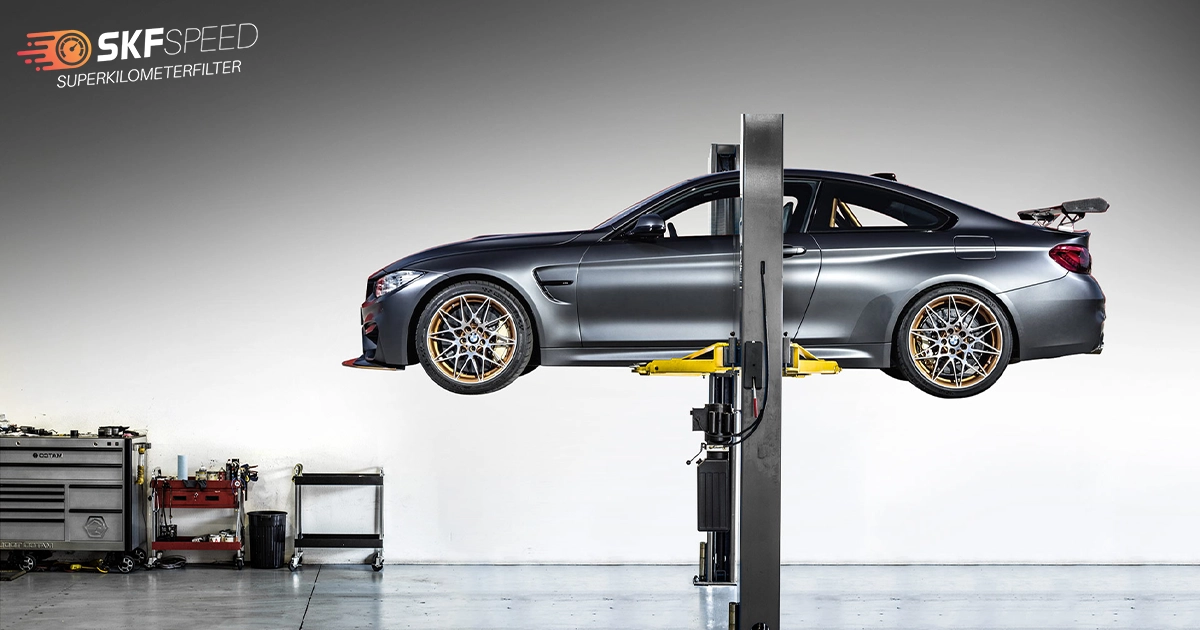
Each vehicle has its own characteristics and manufacturer guidelines that are unique to that vehicle based on its data and specifications. These guidelines should be the main guide in the process. Regardless of the specifics, there are general practices based on statistics that are common to most vehicles. Below is a general guideline that will help guide you in terms of mileage for cars.
Maintenance between 3,000 and 5,000 miles is key for a healthy vehicle engine. At this interval, routine upkeep ensures efficient driving. Why is maintenance needed for such a low mileage? Conducting regular inspections and minor servicing serves for long-term benefits. Ignoring small details and basic checkups can result in decreased performance, costly repairs, or engine problems.
The car maintenance checklist by mileage needs more follow-up and routine scheduling when you reach 10,000 miles. From this time, you need more in-depth inspections that go beyond basic check-ups.
This is the time when things are getting more intense. Therefore, you need to pay more attention to your vehicle as well. Following a car maintenance checklist by mileage ensures your car stays in top condition. Here are some essential tasks that you need to do.
Many people are afraid of cars that have more than 100,000 miles on the odometer. However, if you follow proper maintenance guidelines, there’s nothing inherently wrong with a vehicle reaching this mileage. Modern vehicles are built to last well over 100k miles. Nonetheless, it’s crucial to pay attention to maintenance even after your car surpasses the 100,000-mile mark.
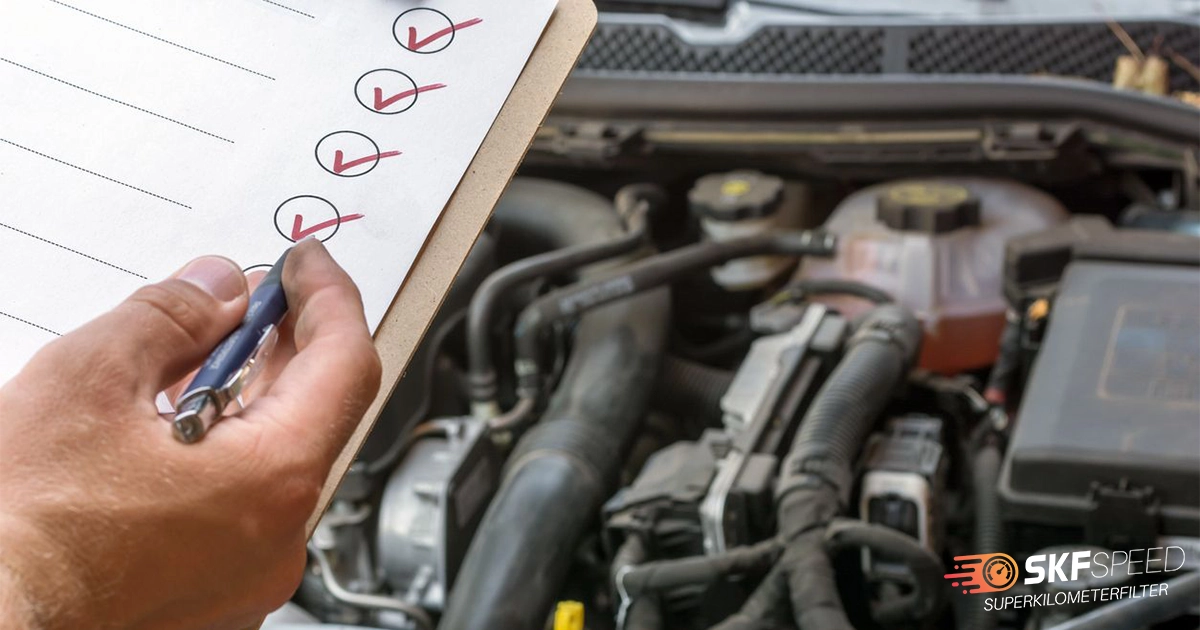
Some car brands and models are famous for their reliability by mileage over time. Here are the top 10 most reliable cars:
The mileage blocker is an advanced car device manufactured in Germany. Its main objective is to halt the mileage recording process while driving an automobile. The fundamental idea is that the device does not save mileage-related data in ECUs or other system storage units. As a result, no one can track down the actual information.
The mileage blocker is considered the best auto tool for 2025 because of its high efficiency and ease of use. However, this equipment is solely intended for vehicle testing and tuning. It is not recommended to use the mileage blocker on public roads or in violation of local laws.
The mileage blocker has various advantages over conventional devices:
If you have any questions regarding the mileage blocker, please check the support page or contact the customer service department.
A car maintenance checklist by mileage is the key to keeping your vehicle in top condition for years. By following routine scheduling, you can prevent costly repairs and improve performance. Remember that regular maintenance check-ups are crucial; you need to resolve the issues as soon as possible.
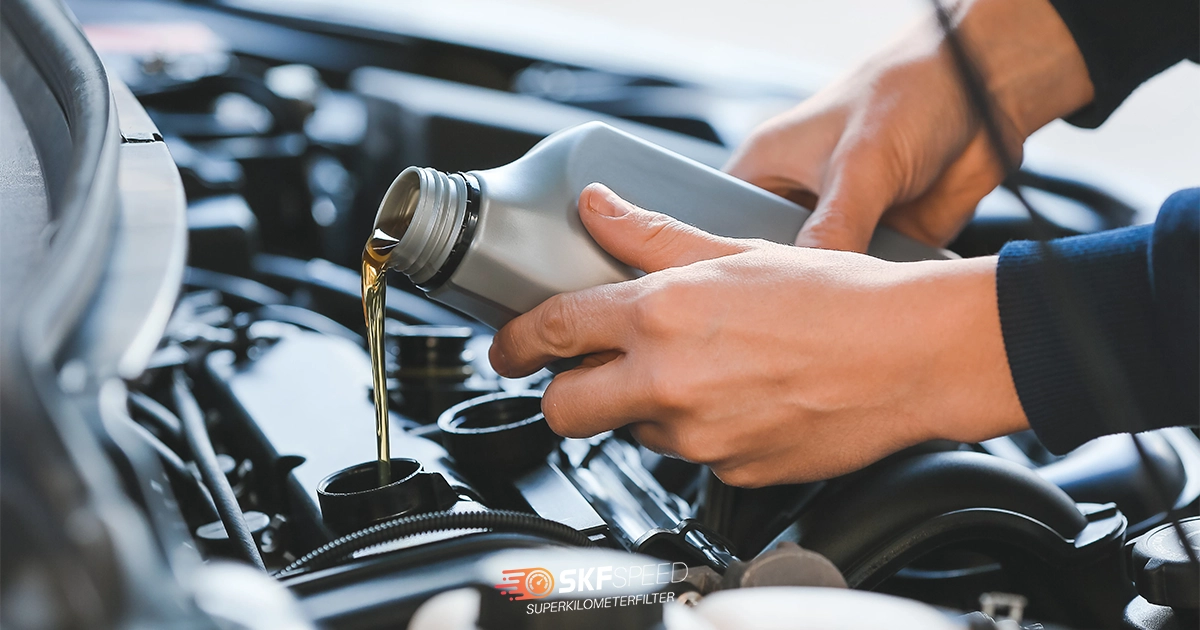

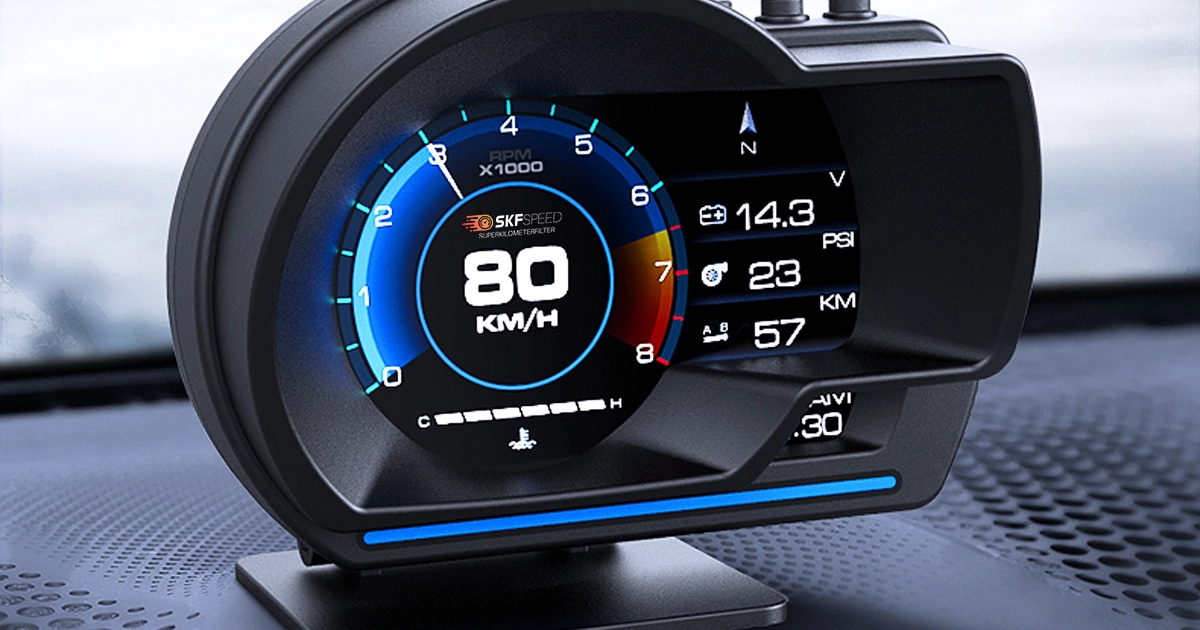
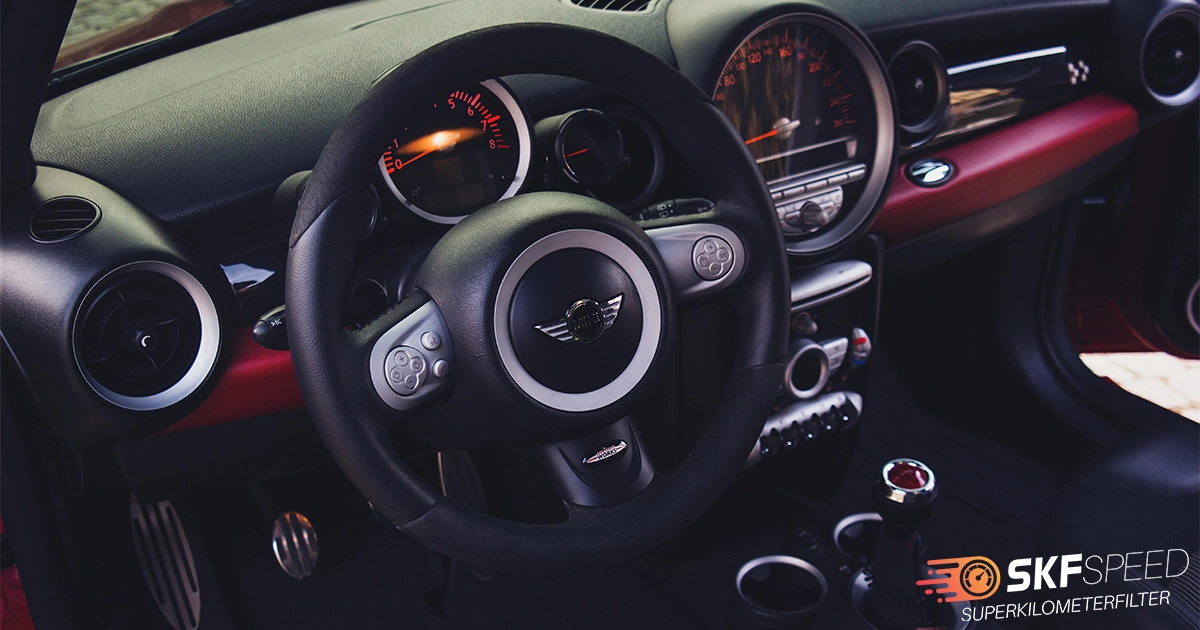
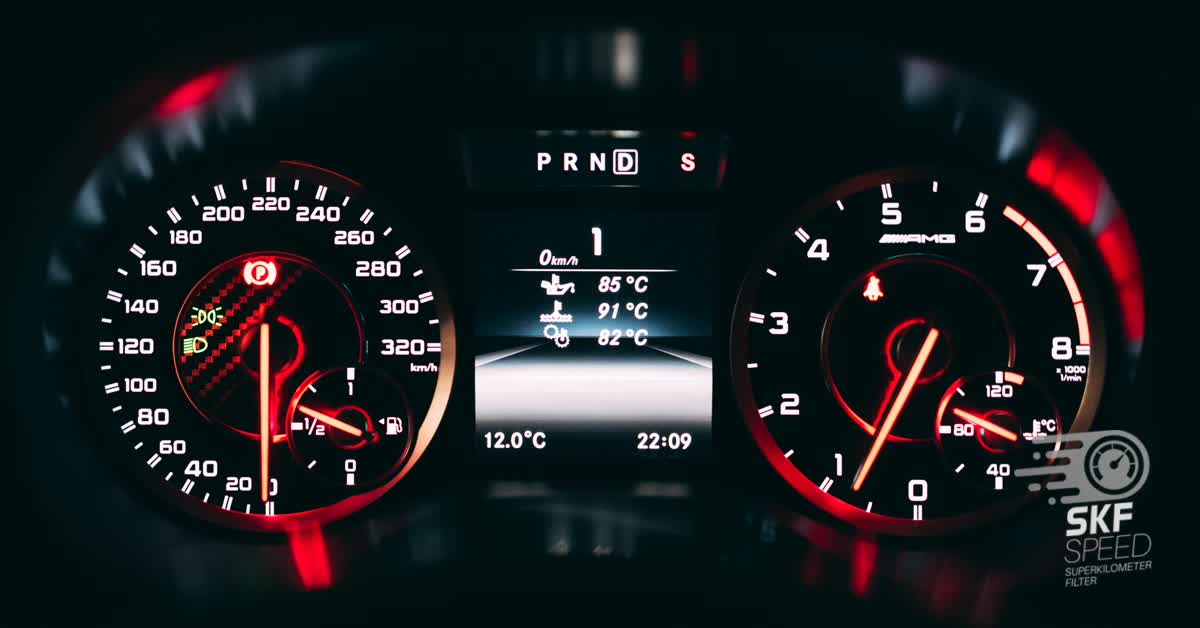

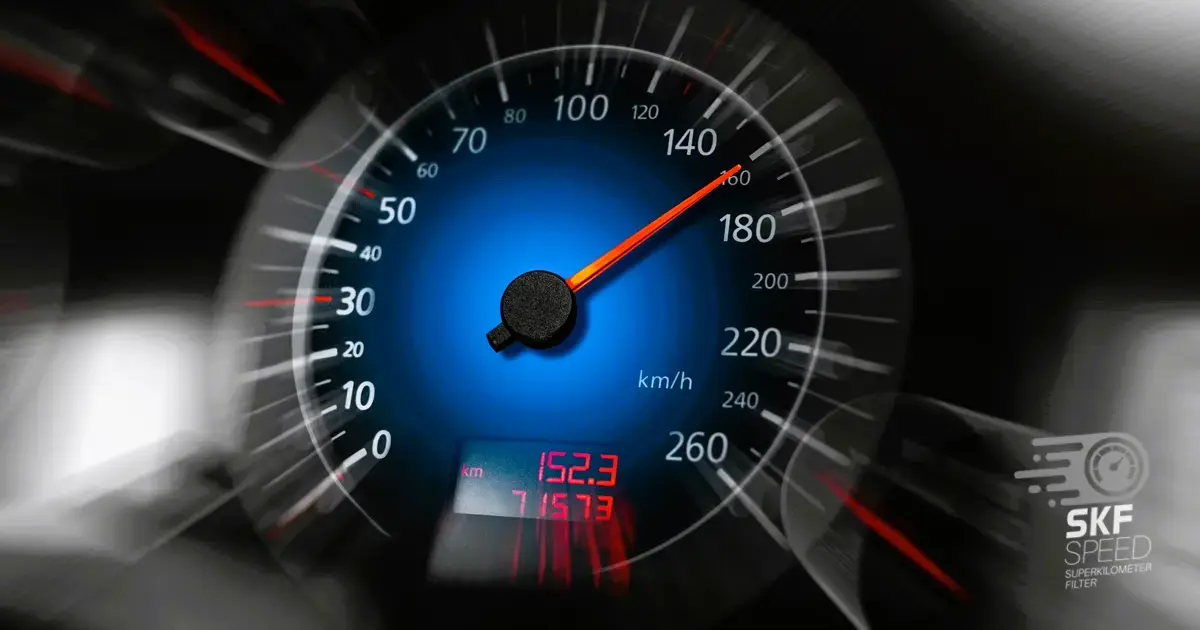
Here you will find all the details about our company
Here you will find shipping and return related information
Here you will find information on all technical questions
Here you will find helpful information about installation